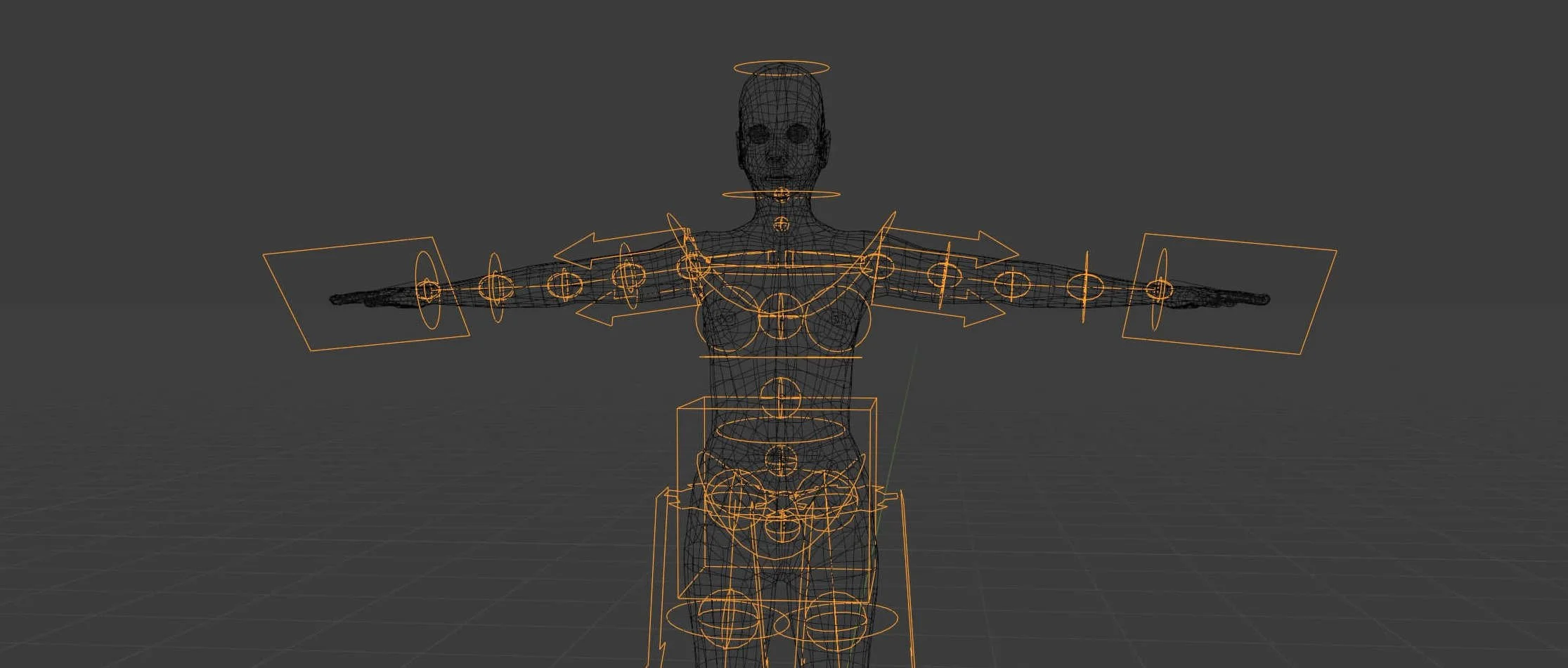The Science Behind 3D Animation: Bringing Characters and Worlds to Life
Animation is an art form loved by audiences of all ages, but beneath its enchanting surface lies a foundation of science. From the way characters move to the behavior of the worlds they inhabit, science is integral to creating immersive and believable animation.
Understanding human biology and anatomy is crucial for animating characters realistically. Animators study muscles, bones, and joints to ensure movements look natural. For example, when animating a character walking, animators consider how humans swing their arms and shift their weight.
Photo from https://www.rokoko.com/insights/guide-to-3d-animation-rigs
Physics also plays a vital role in 3D animation. Principles like gravity and momentum help animators create realistic motion. When a character jumps or falls, animators must account for how gravity affects their trajectory. Similarly, when objects collide, physics simulations calculate the resulting forces and reactions.
Lighting is essential for creating convincing 3D environments. Animators use techniques such as ray tracing to simulate how light interacts with surfaces. Realistic shadows, reflections, and highlights add depth and realism to animated worlds.
Photo from https://www.techspot.com/article/1998-how-to-3d-rendering-lighting-shadows/
Timing and weight are crucial for believable animation. Animators control the pace and rhythm of movements to make them feel natural. Understanding weight helps animators give characters a sense of mass and inertia, making their movements feel grounded.
In conclusion, science is fundamental to the art of 3D animation. By applying principles from biology, physics, and light theory, animators create captivating and lifelike animation experiences. With a solid understanding of science, animators can bring characters and worlds to life in ways that captivate and inspire audiences worldwide.
For more information about the Science, Maths and other key subjects that go in to animation check out https://www.khanacademy.org/computing/pixar


